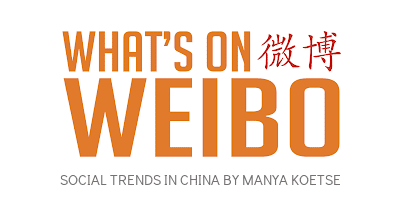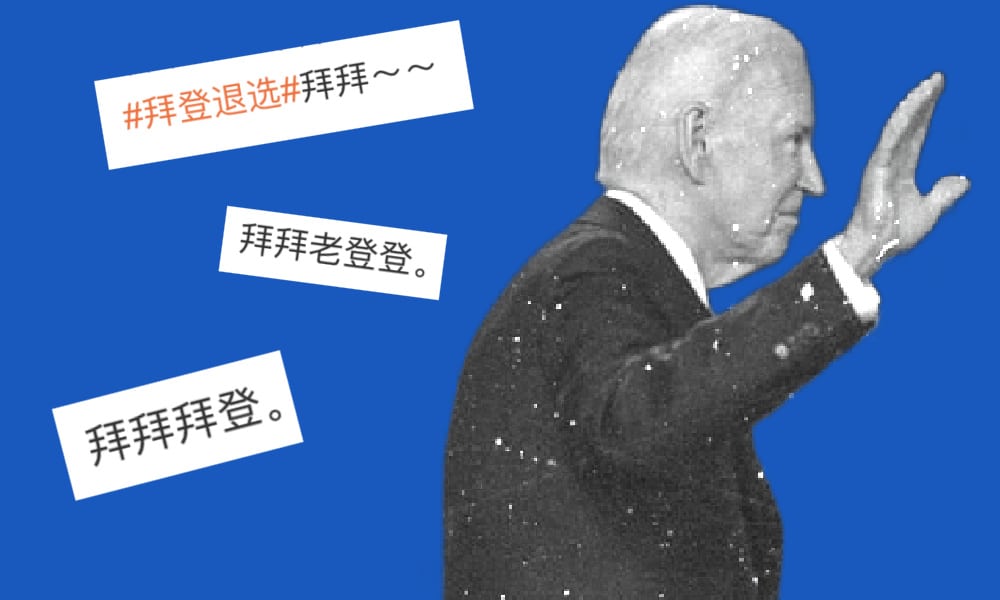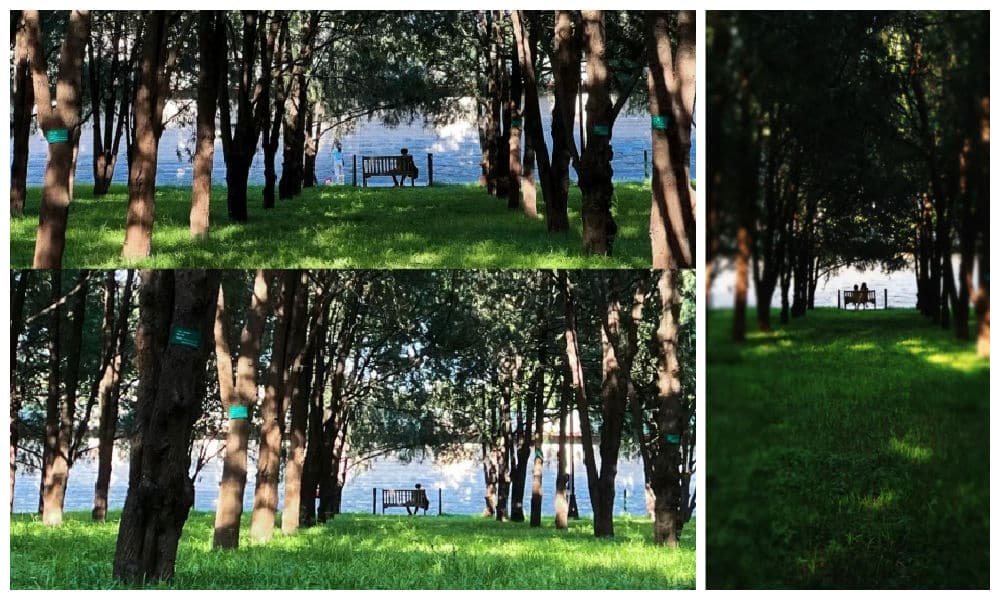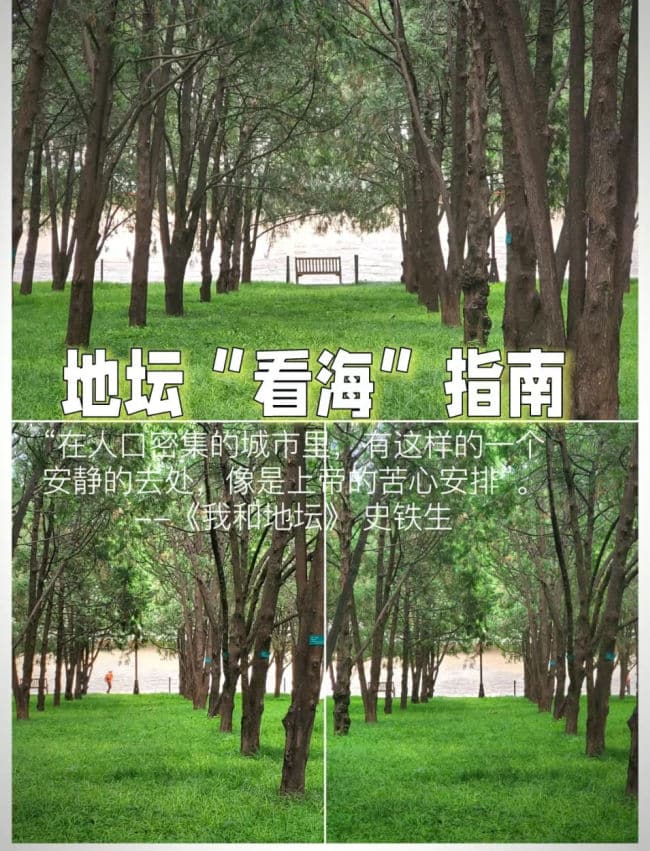PREMIUM NEWSLETTER | ISSUE #21
Dear Reader,
As many of you are preparing, celebrating, or recovering, I’ll keep this week’s newsletter shorter than usual. But on New Year’s Eve, I can’t help but reflect on the last year. After a decade of closely following Weibo trends, I’ve found that certain themes stand out more in some years than in others.
There were previous years when the pursuit for social or consumer justice was notably clear, weaving through numerous trending stories. In some years, digital nationalism surged, bolstered by state media amplifying nationalist sentiments among netizens. At other times, Chinese social media users showed increased resistance against official narratives and online censorship. We’ve witnessed years marked by celebrity crackdowns and the rise of the celebrity economy. Additionally, there were periods when the rural-urban divide in China took center stage, with narratives from migrant workers shedding light on the challenges faced by society’s most vulnerable social groups.
While reflecting on a year in China might typically align better with the Chinese New Year rather than the Gregorian calendar, the year 2023 is different. This truly was a special year due to the abrupt end to China’s ‘Zero Covid’ in December of 2022. That year ended with discussions surrounding China’s major policy shift and national Covid-19 wave. Right from the early start, the new year then became the year of trying to get back to normal life, the year of getting to enjoy traveling again, the year of opening up international exchanges, and the year of grappling with recurring Covid waves.
Understanding the full ramifications of the pandemic—be it on our mental health, the implications for children growing up during this period, or shifts in social norms and work culture—will probably take years of research. While debates continue, it’s evident that younger generations, in their formative years, have been significantly impacted. Globally, our shared experiences show both clear similarities and stark differences.
Recently, I’ve noticed in Europe when giving talks or getting interviewed about news events, people seem to completely overlook the timeline of events in post-Covid China. To them, Covid already seems like a distant memory. They forget that it was not until March of 2023 when China resumed issuing all types of visas, until mid August when the ban on Chinese group travels was lifted, or that it wasn’t until early summer when most people in China experienced their second ‘Covid positive.’ And that the big post-pandemic rebound of influenza just happened a few weeks ago.
In this post-Zero Covid year, social trust has emerged as a dominant theme across various trending stories. While (low) trust has always been a pivotal theme in modern-day China, specific periods often reveal discernible trends related to this, such as heightened distrust in official media, local governments, medical institutions, or certain industries. This year, social trust appears fragile in multiple dimensions, as the Covid years have deeply influenced trust dynamics at local, regional, and national levels.
This was evident in the death of the student Hu Xinyu, when people thought details surrounding his disappearance were purposely being hidden or not revealed to the public. It was visible in the anger over Cathay Pacific mocking Chinese, non-English speaking passengers, which became one of the biggest marketing disasters of the year together with the BMW ice cream gate. It was visible in the controversy surrounding influencer ‘Lipstick King’ who lashed out against viewers questioning the price of an eyepencil, or in the scandal surrounding comedian Li Haoshi, who made a joke refering to the PLA. So many train incidents also went viral this year, with the high-speed train slapping incident showing that minor misunderstandings or annoyances can quickly escalate into conflicts and confrontations. The thefts at the Midi Music Festival, the Zhongshan hospital controversy, and scrutiny of Red Cross relief efforts in Gansu further illustrate instances where dwindling trust fostered resentment, skepticism, and misinformation.
This is one of the reasons why the story about the rat head in a school canteen meal made such an impact this year. As the distasteful discovery went viral—the rat still had its teeth and ears— the school maintained that it was not, in fact, a rat, but a duck head that was found in the rice. The entire incident led to laughter and online jokes, but behind the hashtags there was a lot of cynicism and anger over how shamelessly this problem was solved by those in charge: they simply turned the rat into a duck.
You can find the related popular buzzphrase, “calling a rat a duck” (指鼠为鸭), in our newly published list of top 25 buzzwords and phrases of 2023, which also reflects on the past China year.
For now, I’m wishing you a very happy and healthy 2024, with renewed optimism, mutual respect, and new foundations of trust to build on.
Best,
Manya
What’s Trending
A closer look at the top stories

1: Top 25 Buzzwords | Here are 25 Chinese buzzwords and catchphrases, listed by What’s on Weibo, that reflect social trends and changing times in China in 2023. This article also lists the top 10 of the most noteworthy buzzwords curated by the Chinese linguistics magazine Yǎowén Jiáozì (咬文嚼字).
Read more

2: A Very PLA Christmas | It is not Santa bringing you peace and joy, it is the People’s Liberation Army (PLA). Chinese state media and other influential social media accounts have been pushing an alternative Christmas narrative this year, which makes it very clear that this ‘Merry Christmas’ is brought by China’s military forces, not by a Western legendary figure.
Read more

3: Red Cross China Keeps Getting Criticized | After the devastating 6.2-magnitude earthquake struck Jishishan (积石山), a county in China’s Gansu Province’s Linxia Hui Autonomous Prefecture, on December 18, Chinese social media platforms were flooded with news related to the disaster. The overnight earthquake killed at least 149 people and left hundreds injured. As rescue efforts were underway, an online list detailing items supposedly procured by the Gansu Red Cross for earthquake relief efforts ignited controversy on Chinese social media. Although the Red Cross has denied all rumors, the incident underscores public skepticism towards the organization.
Read more
What More to Know
Highlighting 8 hot topics

◼︎ Xi Jinping’s Happy New Year Wish | In a short video message published all over Chinese social media and pushed to the trending lists, Chinese President Xi Jinping wished everyone a happy new year from Beijing on December 31st. (Weibo hashtag: “Wishing Everyone a Happy New Year” #向大家致以新年的祝福#, 9 million views).
◼︎ Air Pollution and Safety Precautions Thwart New Year Activities | Various places across China announced on December 31st that there would be no fireworks at midnight due to heavy air pollution. Among them was Shanghai Disneyland, but also Window of the World, a themepark in Changsha, and Huayi Brothers Movie World in Suzhou. Overall, it seems like this year’s New Years’ activities are much more sober than those of previous years, as various places refrained from organizing any form of large-scale public activities. One reasons cited for the absence of many countdown activities was to prevent overcrowding – the Shanghai New Year’s stampede is still engraved in collective memory – but it is not entirely clear if this is the actual reason. (“Shanghai Disney Cancels New Year Fireworks #上海迪士尼或取消跨年夜烟花#; “Many Places Announce That They Won’t Organize New Year’s Activities” #多地发布通知称不组织跨年夜活动#).
◼︎ Death of Henan Junior High School Student Sparks Protests | The death of a young boy at the Yuhuayuan school (育华园学校) in Ningling, Henan, has triggered major discussions these days. Despite the school asserting it was a suicide, the boy’s body revealed numerous bruises and injuries, leading his family to suspect bullying and inflicted violence. After officials dismissed any foul play on December 27th, the boy’s family and supporters rallied around the school, clashing with local police and even entering the premises to demand justice. Since then, some roads near the school have reportedly been blocked off and some of the main hashtag pages surrounding this case have been taken offline. (“Henan’s Ningling Reports Student Fell to His Death” #河南宁陵通报一学生高空坠亡#, taken offline; “Henan Ningling County Denies Student Who Fell to Death Was Bullied before He Died” #河南宁陵县否认坠亡学生生前遭霸凌#, 6+ million views).
◼︎ New Rules for Online Games | China’s regulatory authority has unveiled new draft rules for online video gaming, aiming to foster a “healthier development” of the industry with a focus on safeguarding minors and consumers. These regulations propose prohibiting rewards for daily logins and limiting certain revenue-generating activities such as player duels and significant transactions involving virtual items. On social media, thousands of people commented on the proposed rules, and although many people supported the measures, others believe that online gaming shouldn’t face such stringent restrictions. Public comments on these regulations are welcomed until January 22, 2024. (Weibo hashtag “Draft Regulation for Online Games” #网络游戏管理办法草案#, 130 million views).
◼︎ Mao Zedong 130 Years | This week, Chinese state media outlets marked the 130th anniversary of Mao Zedong’s birth across various social media platforms, urging netizens to “commemorate the great leader.” While some highlighted Mao’s contributions to the empowerment of women in China, others lauded his poetry and writings. Numerous netizens extended birthday wishes to “Grandfather Mao.” Born on December 26, 1893, Mao Zedong passed away in 1976. Unsurprisingly, critical perspectives on the Chairman were notably absent. (Weibo hashtag “Chairman Mao’s 130th Birthday” #毛主席诞辰130周年#, 420 million views).
◼︎ Fiancee Accused of Rape after Engagement | Recently, a significant legal case has garnered attention on Chinese social media platforms. In May 2023, a woman accused her former fiancée of raping her on the night following their engagement party. The man was recently given a three-year prison sentence as part of the preliminary judgment, but details surrounding the case have sparked debates – many netizens suggest that the woman’s motives might have been financially driven. Allegedly, the couple had an agreement stating that before marriage, the man’s family would cover half the dowry and add the woman’s name to his property rights. Speculations arose that the woman pursued legal action upon realizing she wouldn’t secure the property rights she desired. This narrative has fueled rumors, suggesting the incident stemmed more from a marital dispute than a genuine rape allegation. Chinese media outlets have now countered and refuted such claims. (“Man Accused of Rape after Engagement Gets 3 Year Sentence” #男子订婚后被告强奸一审被判3年#, 510 million views).
◼︎ Death of Lee Sun-Kyun | The death of South Korean actor Lee Sun-kyun went top trending on Weibo this week, garnering over 590 million views within just one day. Lee was mostly known for his standout role in the award-winning movie Parasite. He was reportedly found dead in his car on Wednesday, with indications pointing towards suicide amidst an ongoing probe into alleged drug involvement. Lee’s death follows a series of high-profile celebrity suicides in South Korea. On Weibo, countless fans fondly remembered Lee while also voicing disapproval towards those people and media outlets who accused him of facts that were not yet proven. His funeral took place on Friday in Seoul. (Weibo hashtag “Lee Sun-kyun Passed Away” #李善均去世#, 920 million views).
◼︎ Dr. Tao Yong Controversy | Dr. Tao Yong, an ophthalmologist from Beijing with over 2 million followers on Weibo, stirred discussions online when he had his daughter wash dishes on her 12th birthday. He gained prominence in China in 2020 after surviving an attack by a patient wielding a knife. This week, he faced criticism for revealing that he made his daughter wash dishes following her birthday meal. Was he trying to convey certain expectations for his daughter? Why is there an emphasis on girls learning household chores like washing dishes? The seemingly innocuous post sparked significant controversy, with accusations of sexism directed at Tao. He promptly removed the post and clarified that he merely wanted his daughter to embrace more household responsibilities, emphasizing that his remarks were meant light-hearted. Tao learnt an important lesson in this social media age: even a lighthearted or innocent statement can unleash a whirlwind of intense reactions. (Weibo hashtag “Tao Yong Responds to Recent Online Controversy” #陶勇回应近期网络风波#, 190 million views).
Stay tuned for our more elaborate Weibo Watch newsletters in the New Year! Want to look back at our previous 20 issues? You can find them here.
This is an on-site version of the Weibo Watch newsletter by What’s on Weibo. Missed last week’s newsletter? Find it here. If you are already subscribed to What’s on Weibo but are not yet receiving this newsletter in your inbox, please contact us directly to let us know.
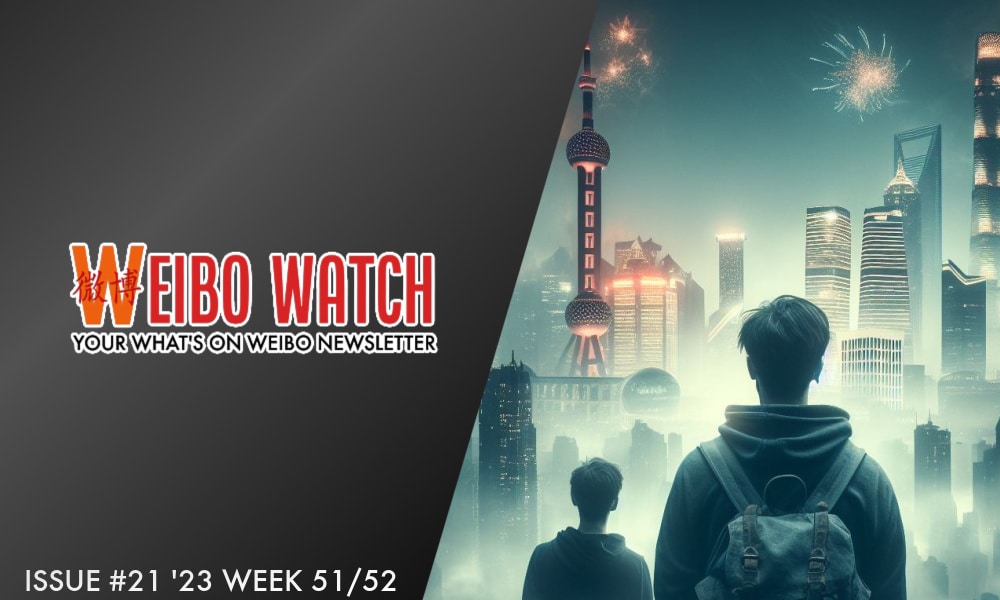
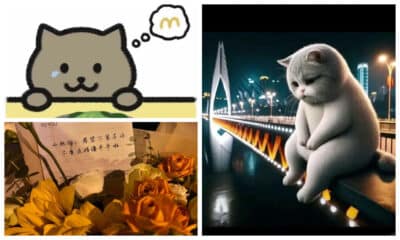
 China Insight3 months ago
China Insight3 months ago
 China Music4 months ago
China Music4 months ago
 China Digital10 months ago
China Digital10 months ago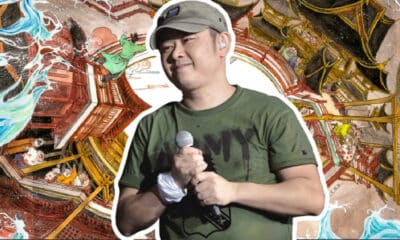
 China Arts & Entertainment12 months ago
China Arts & Entertainment12 months ago




